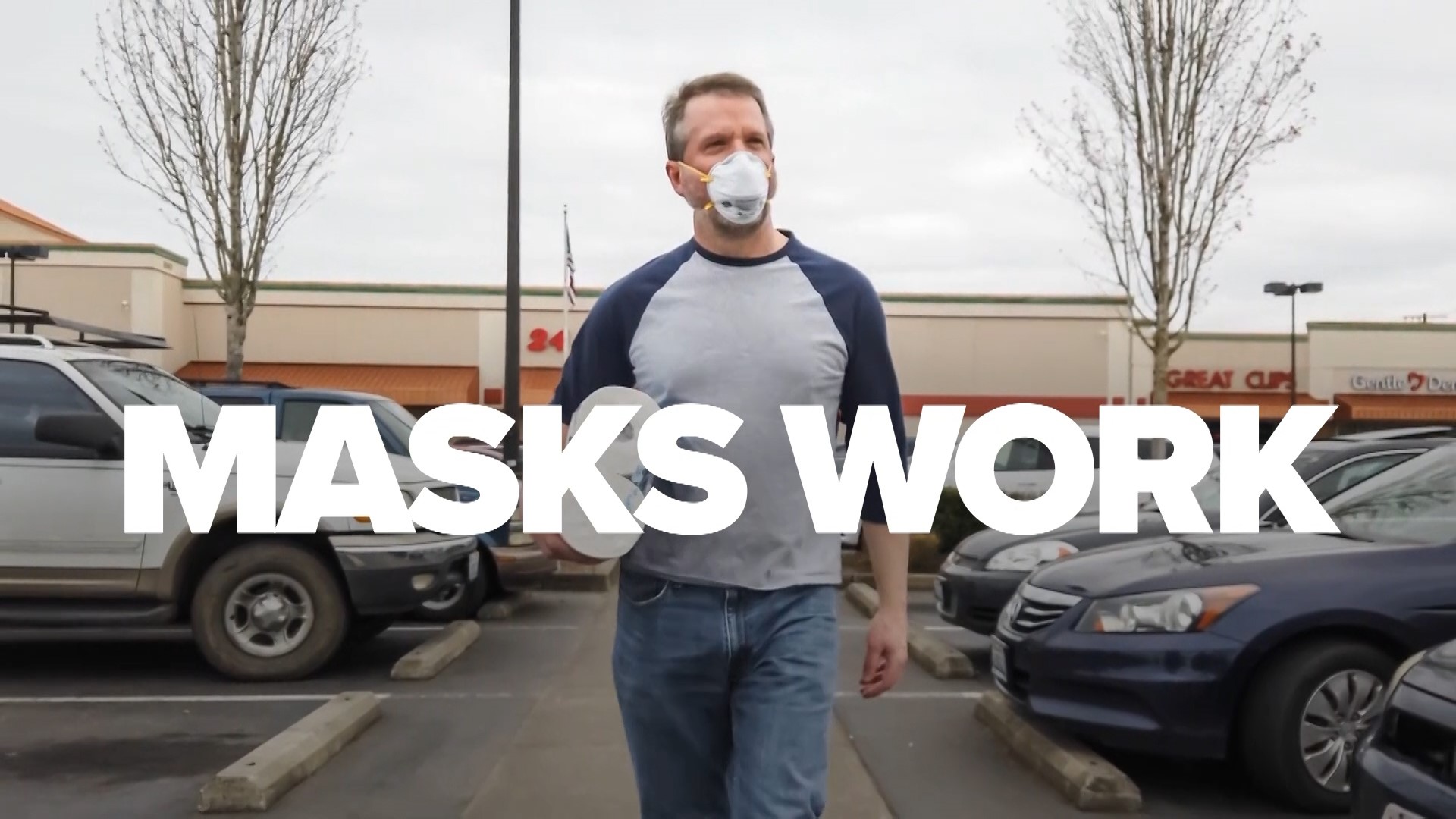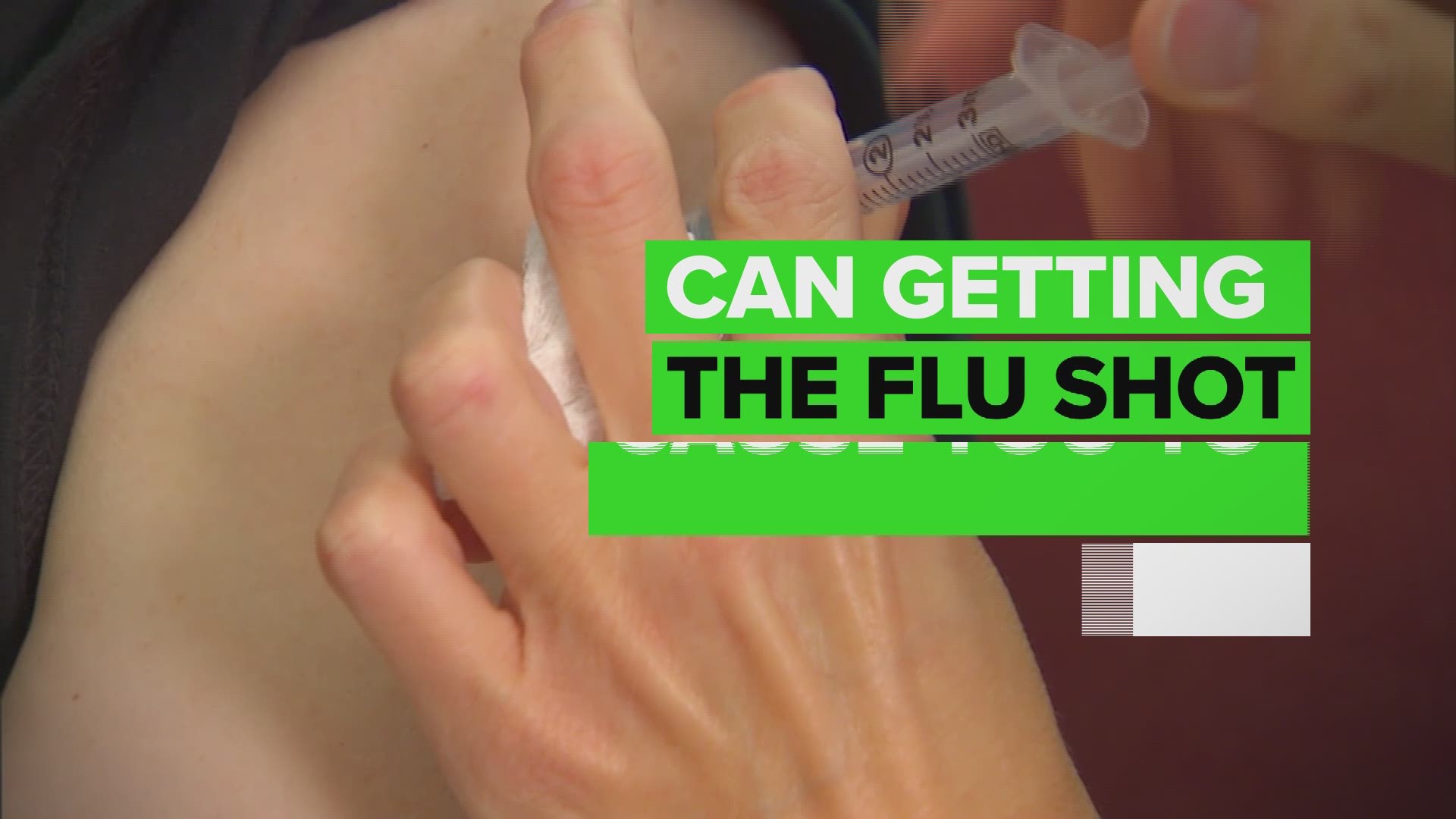The U.S. can get the coronavirus under control in 4-12 weeks if nearly everyone wears masks, washes hands regularly and practices social distancing, the head of the Centers for Disease Control and Prevention said Friday. It echoes a similar statement Dr. Robert Redfield said last month.
“It’s in our hands, within our grasp. But it is going to require all of us to embrace these mitigation steps. And we’re going to need to do that four, six, eight, 10, 12 weeks and then we will see this outbreak under control," Redfield said in a CDC news conference call Friday.
The CDC director said at least 90% participation in the measures is needed for it to work.
“I think we’re seeing progress over the last four weeks, I hope that progress will continue, but I think none of us should turn away from the recognition that it’s key each of us recognize we want to make sure COVID stops with us,” Redfield said.
The timetable is a little longer than what Redfield stated on July 14 when he said that all Americans wearing a mask in public could get the virus under control in 4-8 weeks.
Redfield on Friday also urged Americans to get the flu vaccine in September or October to reduce the chance of someone contracting both respiratory viruses.
The CDC has purchased an additional 2 million doses of pediatric flu vaccine and 9.3 million doses of adult vaccine. Redfield said it will ensure that newly unemployed people and people who are uninsured or underinsured will get the vaccine.
As for a coronavirus vaccine, Redfield said he was cautiously optimistic one would be available before the end of the year.
U.S. health officials on Friday released a study they said showed that the right measures can keep spread of the virus low in child-care centers.
The study looked for evidence of spread of the virus at 666 child-care programs in Rhode Island that were open last month. The state required centers to reduce the number of people in programs to no more than 20, including staff. It also required adults to wear masks at all times, daily symptom screening of children and adults, and enhanced cleaning and disinfection guidelines. The CDC does not currently recommend that universal symptom screenings be conducted by schools.
Nearly 19,000 kids attended. Investigators identified only 52 confirmed and probable cases, including 30 children and 22 adults. The children ranged from less than one year old to 12, with a median age of 5.
The CDC study does seem to show that day care centers and even schools can be reopened in some places, said Dr. Mike Saag, an infectious disease expert at the University of Alabama at Birmingham.
But, he quickly added, that’s only in places where spread of the virus is low, and where schools and day care centers are able to do a lot of work to stay on top of new infections.
Redfield expressed the importance of reopening schools, but tempered that by saying it's necessary to make sure it's done in a way that parents, teachers and students are confident it's safe to do so.
"I have 11 grandkids and I have great confidence that my grandchildren can go back to school and do this in a safe and sensible way," Redfield said, noting that one of those grandchildren has cystic fibrosis.
For most people, the coronavirus causes mild or moderate symptoms, such as fever and cough. But for others, especially older adults and people with existing health problems, the highly contagious virus can cause severe symptoms and be fatal.
The Associated Press contributed to this report.


